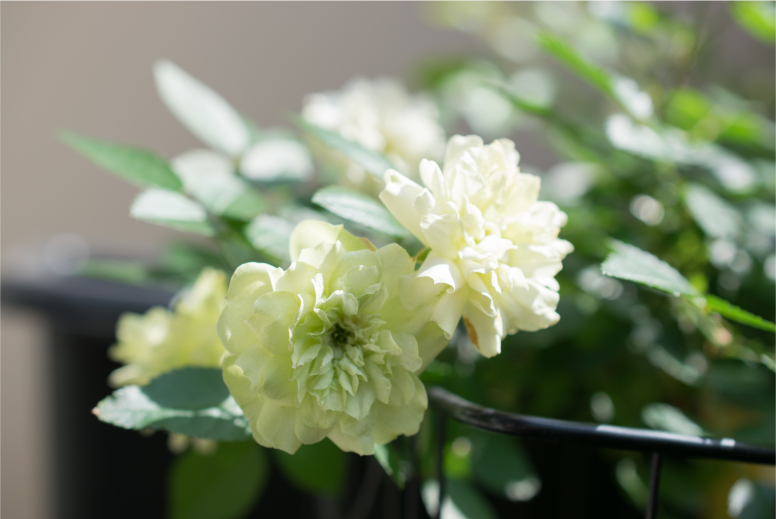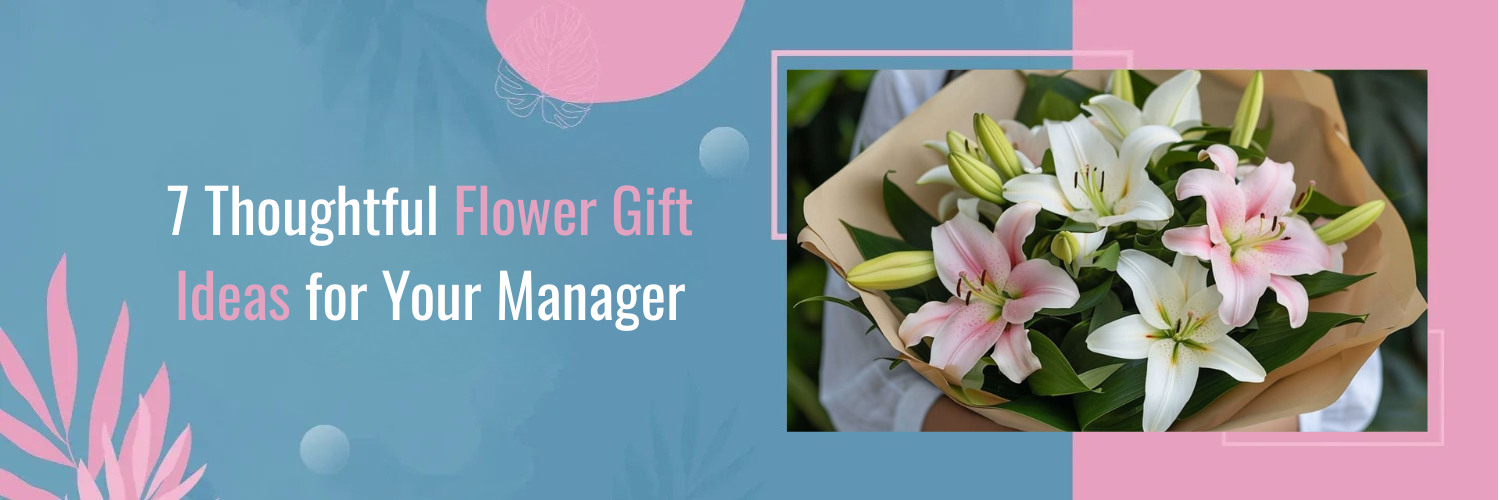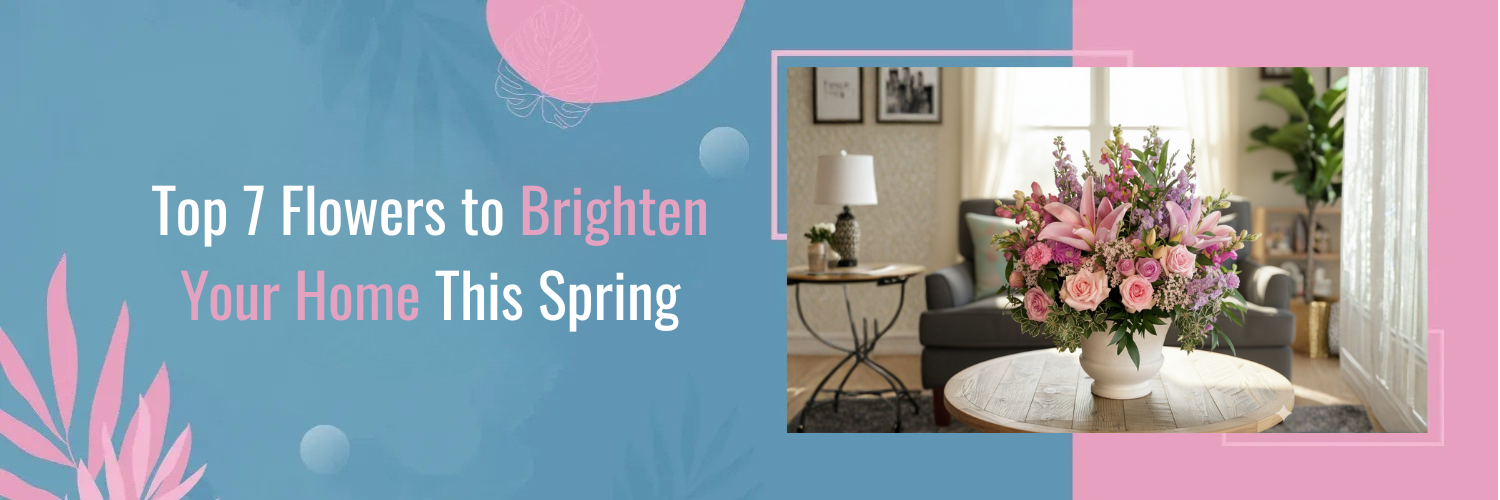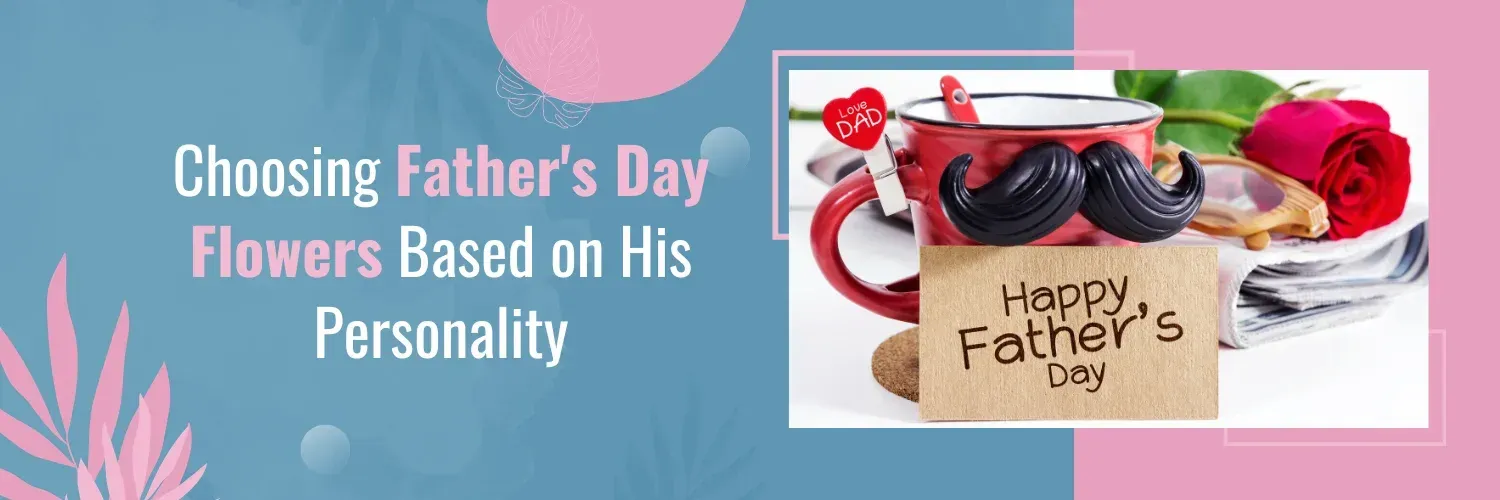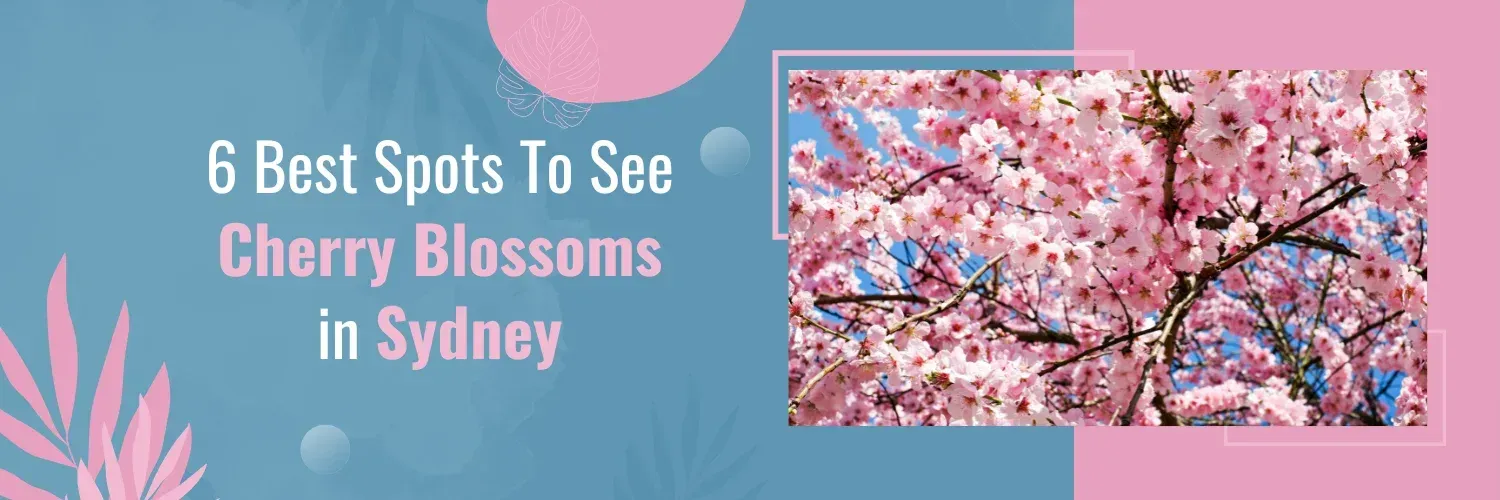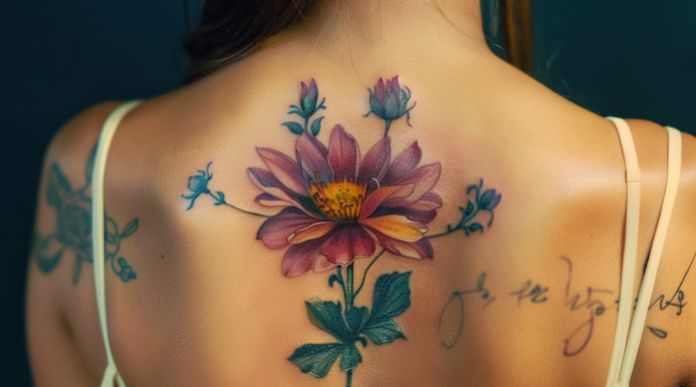The Language of Rose Colours
Roses, with their enchanting beauty and mesmerizing fragrance, have been a symbol of love, friendship, celebration, and sometimes sorrow throughout human history. They’ve graced royal gardens, inspired poets, and served as a universal gesture of affection and regard. But roses are more than just beautiful flowers; they speak a silent, colorful language. From vibrant reds that whisper profound love to gentle whites symbolizing purity, roses are the poets of the garden, each hue telling its own tale. Furthermore, beyond their colors, roses come in a vast array of types, each with its unique characteristics, making them suitable for various purposes and settings.
The Different Types of Rose Colours
The art of expressing feelings and emotions through rose colours is both profound and delicate. Over time, cultures worldwide have attributed meanings to rose colours, transforming them into silent messengers of the heart.
Red Roses
Red roses are universally recognized as symbols of deep love, respect, and admiration. This passionate hue speaks of romance and intense emotion. Popular varieties such as ‘Mr. Lincoln’ and ‘Veterans’ Honor’ are cherished for their deep crimson tones and are often favored for romantic occasions like anniversaries and Valentine’s Day.
White Roses
White, the color of purity, innocence, and reverence, perfectly suits the white rose. Often seen in bridal bouquets and at funerals, they represent pure love and respect. Cultivars like ‘Iceberg’ and ‘Whisper’ stand out for their pristine petals and are popular in both gardens and floral arrangements.
Yellow Roses
Symbolizing the warmth of friendship, joy, and new beginnings, yellow roses are the epitome of sunshine in flower form. They convey positive vibes and are perfect for cheering someone up. The ‘Sunsprite’ and ‘Midas Touch’ varieties, with their golden hues, are especially favored for their bright, sun-kissed appearance.
Pink Roses
Pink roses, with their soft, blushing hues, are symbols of gratitude, grace, and happiness. Whether you’re expressing thanks, joy, or just spreading a bit of cheer, pink roses like ‘Beverly’ and ‘Queen Elizabeth’ are perfect choices.
Orange Roses
Vibrant and full of life, orange roses signify enthusiasm, fascination, and desire. Their fiery appearance makes them stand out in any bouquet. ‘Brandy’ and ‘Tropicana’, with their rich, warm shades, are sought-after varieties.
Lavender Roses
With their ethereal beauty, lavender roses speak of enchantment, mystery, and love at first sight. If you’re looking to express admiration for someone or something truly unique, roses like ‘Blue Moon’ and ‘Silver Star’ are your go-to.
Multi-colored Roses
Roses aren’t just limited to single shades; multi-colored varieties bring their unique charm. They combine the meanings of their colors, making them versatile in expressing sentiments. Popular varieties such as ‘Double Delight’ with its blend of red and white or ‘Joseph’s Coat’ with its rainbow hues are a delight to the eyes.
Types of Roses Based on Growth Habit
Beyond their color, roses can be classified by their growth and blooming habits. These classifications help gardeners choose the perfect rose for their space and design intentions.
Hybrid Tea Roses
These are the quintessential roses, known for their classic flower forms and singular blooms on long stems. They’re perfect for formal gardens and making bouquets. Due to their upright growth, they make excellent border plants.
Floribunda Roses
Floribundas, as the name suggests, are abundant in bloom. They produce clusters of flowers, making them outstanding for a continuous splash of color in borders and landscape accents.
Climbing Roses
These roses are nature’s climbers, eager to ascend trellises, walls, and archways. They add vertical interest to a garden and can transform structures into living, blooming art pieces.
Shrub and Landscape Roses
Versatile and resilient, these roses are ideal for hedges and large landscaping areas. They combine beautiful blooms with robust growth habits.
Miniature Roses
Perfect for container gardening or limited spaces, miniatures bring all the beauty of roses to a diminutive scale. Despite their size, they’re no less enchanting.
Tips for Selecting the Right Rose
Choosing the right rose goes beyond just its color or type. It’s about understanding the environment and your goals for planting.
- Consider Your Climate: While roses are hardy, some varieties thrive better in certain climates. Researching regional recommendations can ensure your rose not only survives but thrives.
- Evaluate the Purpose: Are you planting for aesthetics, fragrance, or perhaps for cutting? Identifying your primary purpose will guide your choice.
- Prioritize Maintenance Levels: Some roses require more care than others. If you’re a hands-off gardener, opt for varieties known for their resilience and lower maintenance needs.
Conclusion
Roses, with their myriad colors and types, truly are nature’s gifts to our gardens and our hearts. By understanding the subtle messages they convey and the variety of ways they can be incorporated into our spaces, we can make the most of these timeless blooms. Whether you’re a seasoned gardener or a novice, there’s a rose out there waiting to tell your story.
As we journey through the vibrant world of roses, it’s evident that each hue and type tells its own unique story, waiting to be a part of your special moments. Whether you wish to express love, or admiration, or simply bring a touch of nature’s beauty into someone’s life, roses are the perfect emissary. If you’re inspired to share this timeless gesture, let Bourkes Florist make it even more special. With our expertise and passion for blooms, we promise the freshest and most exquisite arrangements. Order from Bourkes Florist today and let us deliver not just flowers, but emotions, memories, and connections straight to your loved one’s doorstep.
FAQs
Q: How long do roses typically live?
On average, with proper care, roses can live for 25 to 30 years, and sometimes even longer, depending on the variety and conditions.
Q: Can I change the color of my roses naturally?
While you can’t drastically change a rose’s color, soil pH and certain elements can slightly alter the hue. Acidic soils tend to produce bluer roses, while alkaline soils result in pinker roses.
Q: How often should roses be watered?
Generally, roses need more frequent watering in their early years and during hot, dry periods. On average, watering deeply once a week is recommended.
Q: Are there any truly ‘black’ or ‘blue’ roses?
There are no 100% black or blue roses. However, some roses have deep crimson or purple hues that appear almost black or blue, especially under specific lighting conditions.













